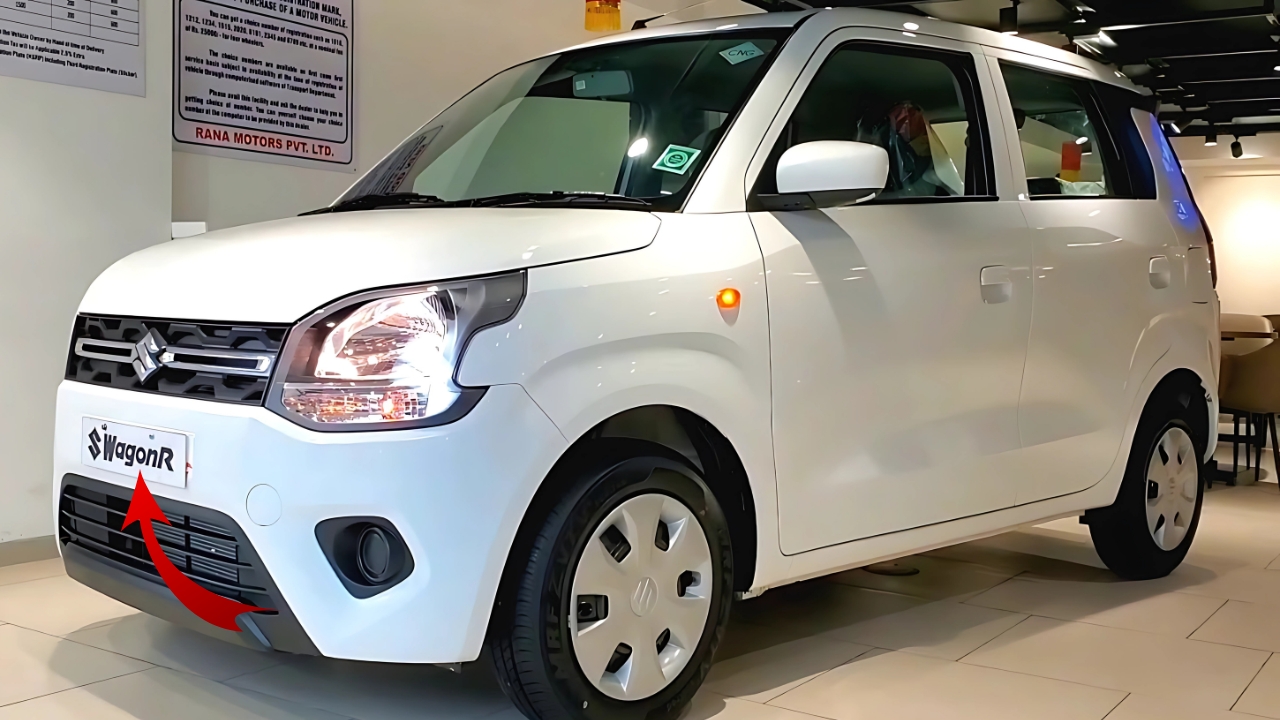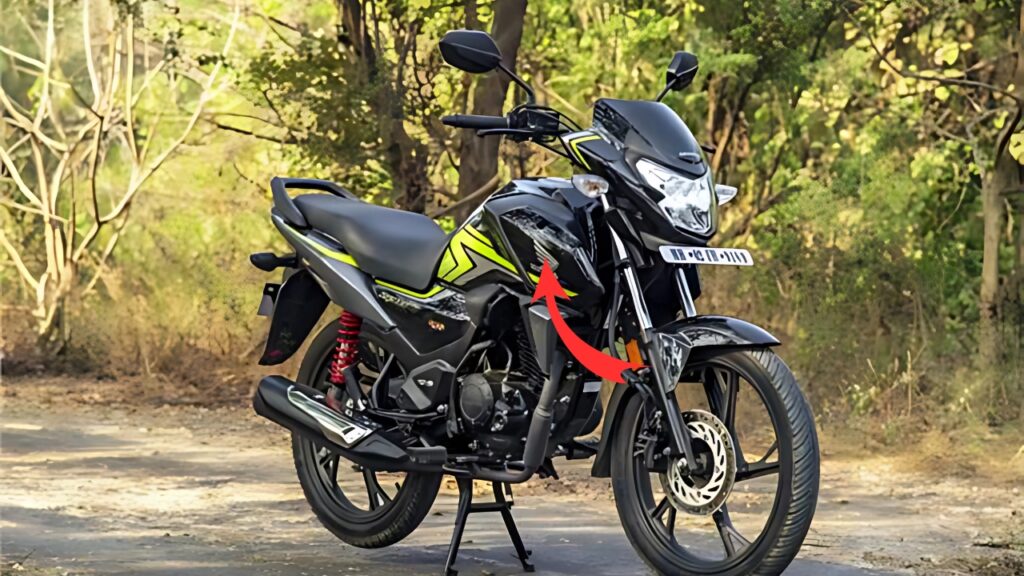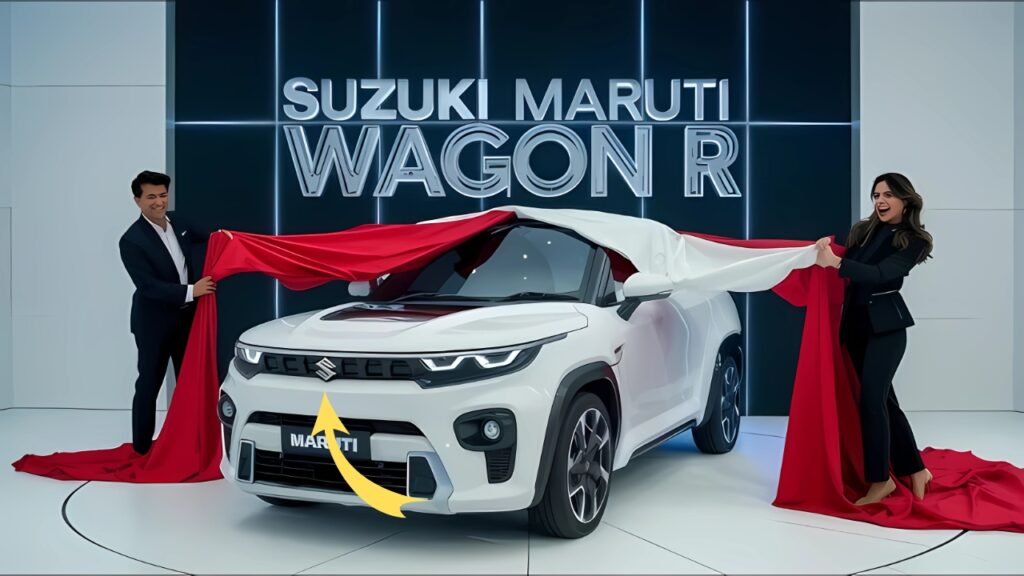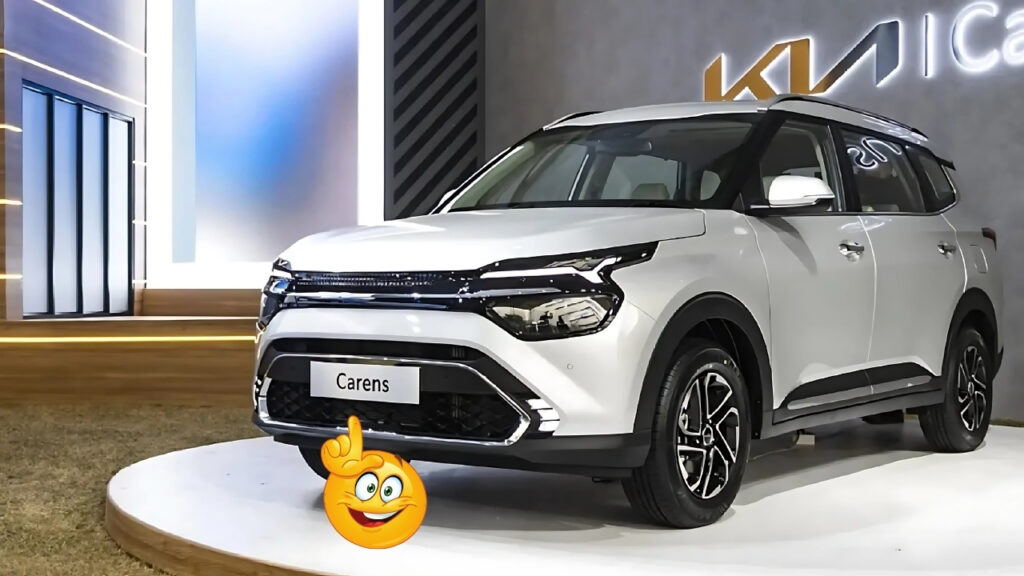Maruti Wagon R: The Maruti Suzuki Wagon R has been a long-running mainstay on Indian roads for more than 22 years now, and over this time period, it has carved a niche for itself among country’s buyers.
This unique hatchback with its signature “tall boy” body style has developed generations in multiple iterations, and the central features that made it popular across many generations of customers were retained.
Table of Contents
Maruti Wagon R: Design Philosophy- Vertical Approach

The most striking aspect of the Wagon R is its upright stance — a top-down method of design that favours interior real estate over good looks.
This boxy silhouette, also called the “tall boy” form, creates great headroom and space that belies the vehicle’s small footprint.
While most automotive design trends have leaned toward low-sling, ground-hugging aggressive lines, the Wagon R has held to its vertical profile, reasoning that for many buyers, practicality takes precedence over fashion.
From generation to generation the front fascia has evolved, adapting a more modern design language, though still keeping up with its functional nature.
In newer designs, headlamps have evolved from a simple rectangular unit to more sculpted shapes that also utilize LED technology.
The grille treatment has also been changed to better align with Maruti’s new-age design language while still retaining the model’s familiar identity.
The silhouette is defined by the high roofline and almost vertical rear, which favor passenger and cargo space over aerodynamic sleekness. Big windows can help with that, as well as provide outstanding visibility, which is a big deal in cramped urban settings.
Space Optimization | Interior Experience
Once you step inside, however, you understand why the Wagon R’s extreme proportions have remained in style, even as fashion trends have played out elsewhere.
The high riding stance bestows good visibility which can nurture confidence especially for new drivers mastering India’s harsh road and traffic conditions. Headroom is superb throughout the cabin, even for taller road users.
The design of the dash board has undergone a sea change over generations with it going from being simply utilitarian to modern layouts featuring touchscreen infotainment systems on higher trims.
Across this evolution, the placement of controls has remained oriented to intuitive operation rather than visual drama.
Rear seat room is commendable for the vehicle’s external dimensions, with fine leg room and first-class head room creating a comely environment for travelling adults.
The almost-vertical rear enables a surprisingly capacious cargo area that accommodates quotidian shopping and infrequent luggage with equal panache.
Performance Characteristics: Efficiency in the City
The powertrains under the Wagon R’s hood are tuned for city-friendliness as opposed to all-out muscle. On the engine front there are usually small-displacement thrifty-engined units tuned to develop decent acceleration in exchange for bombastic fuel economy.
With the recent inclusion of CNG variants, its attractiveness has intensified further for the frugal masses too, always looking for ways to cut operating costs.
Let’s take a gander at the transmission options, which recognize that car users have different focuses — for enthusiasts, there is more exact manual modularity while automated manual transmissions (AMT) give wrench-less utilization in stormy driving territories.
The calibration philosophy is more about smooth operation than sporty response, which suits the vehicle’s primary mission as practical, efficient transportation.
The body work excels at soaking up urban road imperfections while maintaining adequate highway stability, though the suspension tuning could be tailored more toward comfort than handling dynamics.
Light steering means you can throw yourself between gaps in heavy traffic—an important thing for a truck that tends to spend most of its life in urban sprawl.
On Practical Innovations: Thoughtful Details
Even in it’s evolution, Wagon R has featured in the practical features that do not make it overly complicated for a day to day usability.
There are storage solutions all around that show a general understanding of how people use their vehicles, with compartments of a size and orientation that makes sense for everything from bottles of water to cell phones.
The tall doors allow for easy on and off access—the target user group especially included elderly users or those with limited mobility.
The ability to fold the seat creates a flexible cargo config, suited for everything from family weekly food transport to the odd wardrobe item.
Market Position: Appeal to Reason
The enduring success of the Wagon R comes from Maruti Suzuki knowing exactly who its target audience is and resisting the temptation of feature bloat that would spoil its core attributes.
And although the model has added modern touches like touchscreen infotainment and smartphone interoperability on higher trims, these features are merely bolted on, rather than replacing its primary role as an effective, economical mover.
Good fuel economy, reasonable maintenance costs and strong resale value become the big ticket factors driving purchase decisions in value-conscious India and the Q3 delivers on all three aspects handily.
The availability of service support across Maruti’s vast network is also expands its appeal, especially in smaller towns and rural areas.
Maruti Wagon R:
If there ever was a car that could define a market when the times changed, it would be the Maruti Wagon R. Perhaps by sticking to the aspects its audience really cares about — interior space, efficiency, visibility, and value — it has become a pillar of India’s automotive landscape.
Pragmatic car buyers looking for the best out of their budget will find the Wagon R hard to beat as to why it continues to sell well across demographics even decades after launch.





